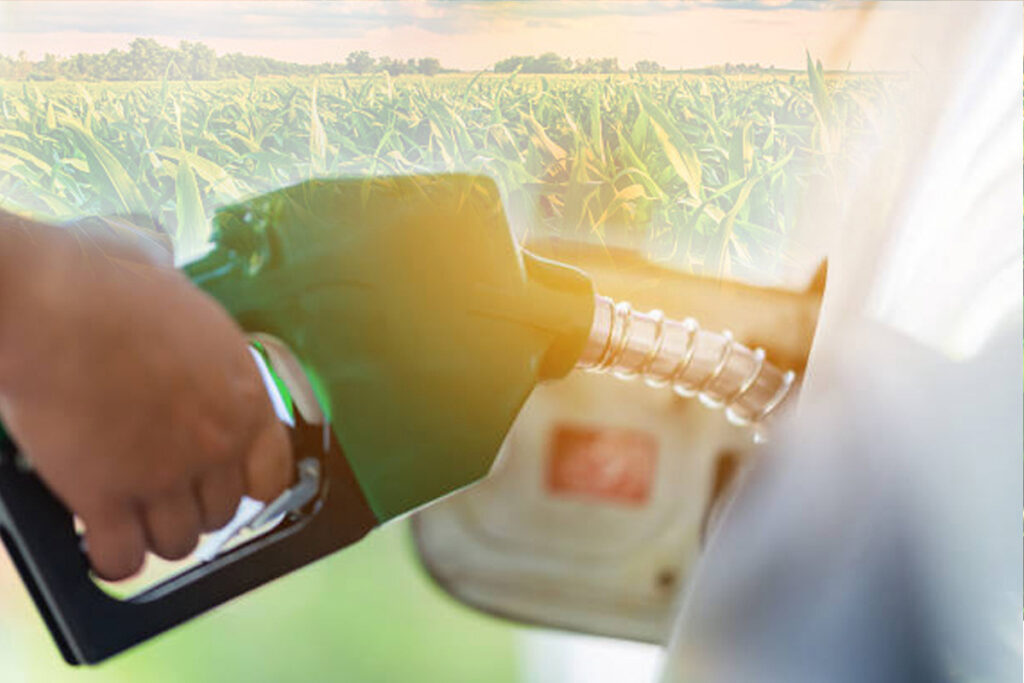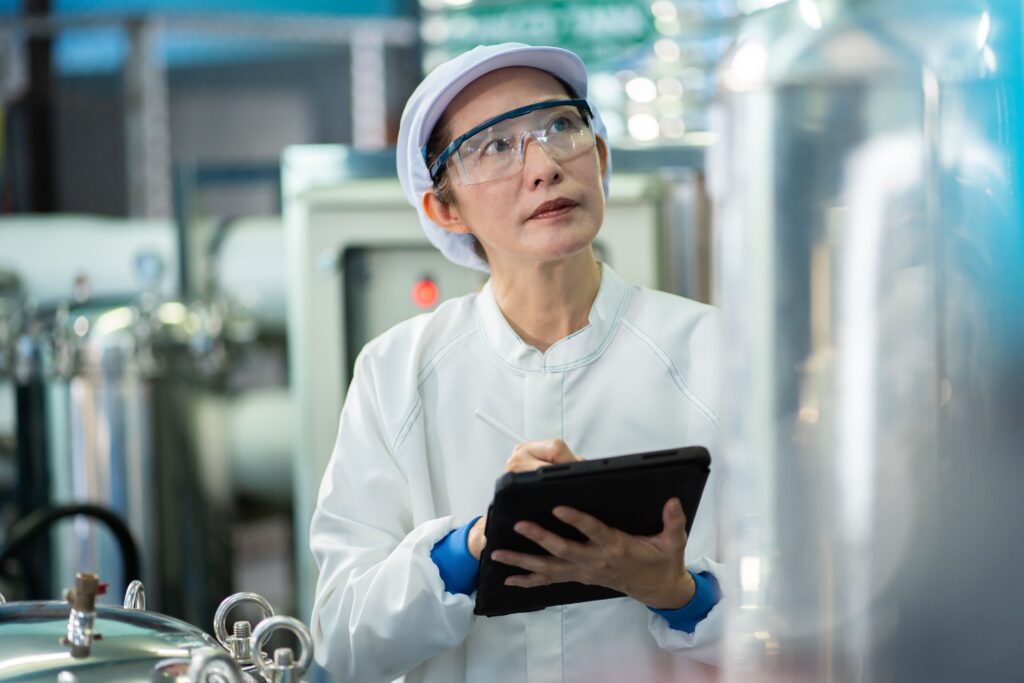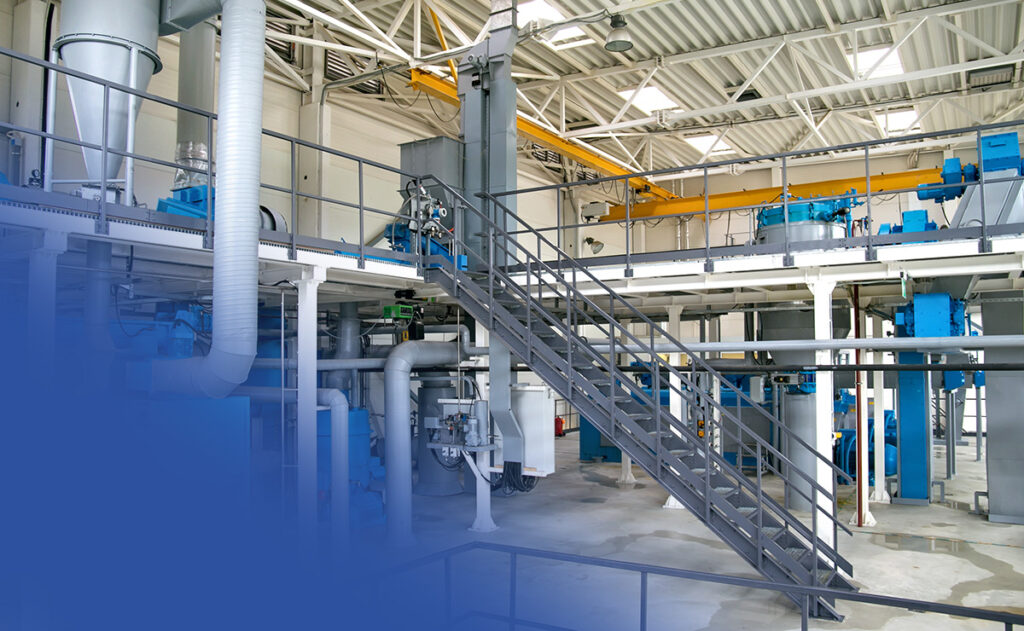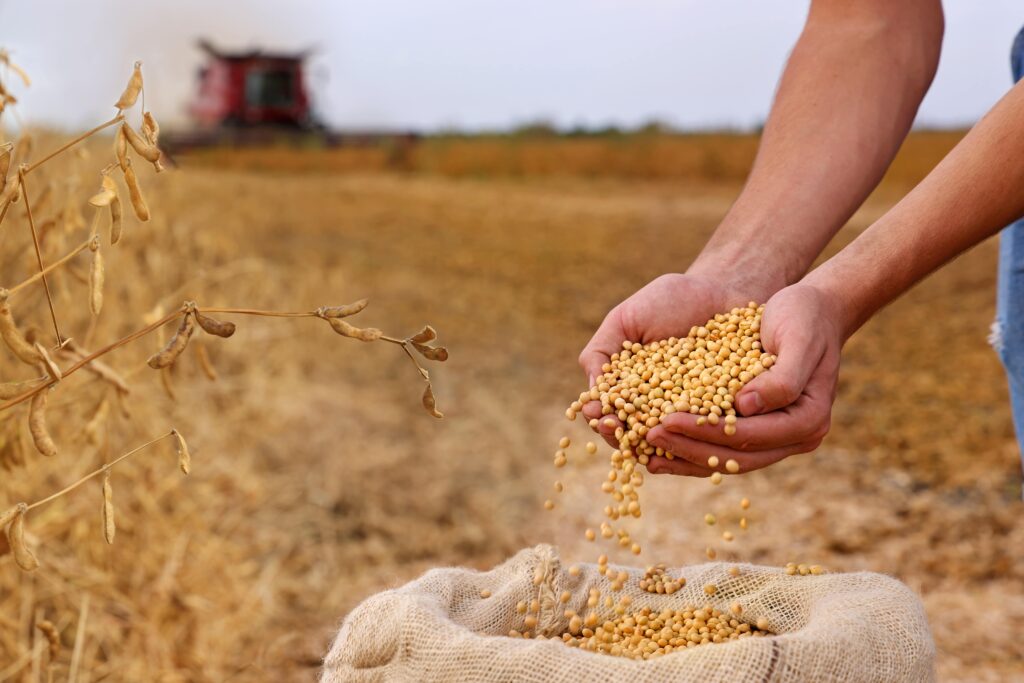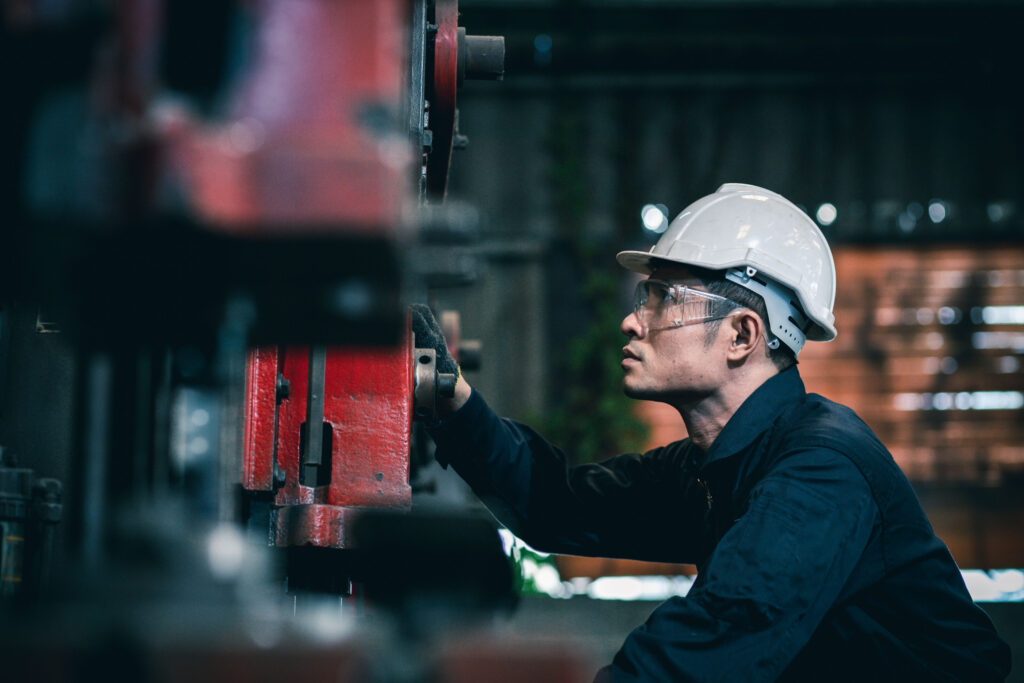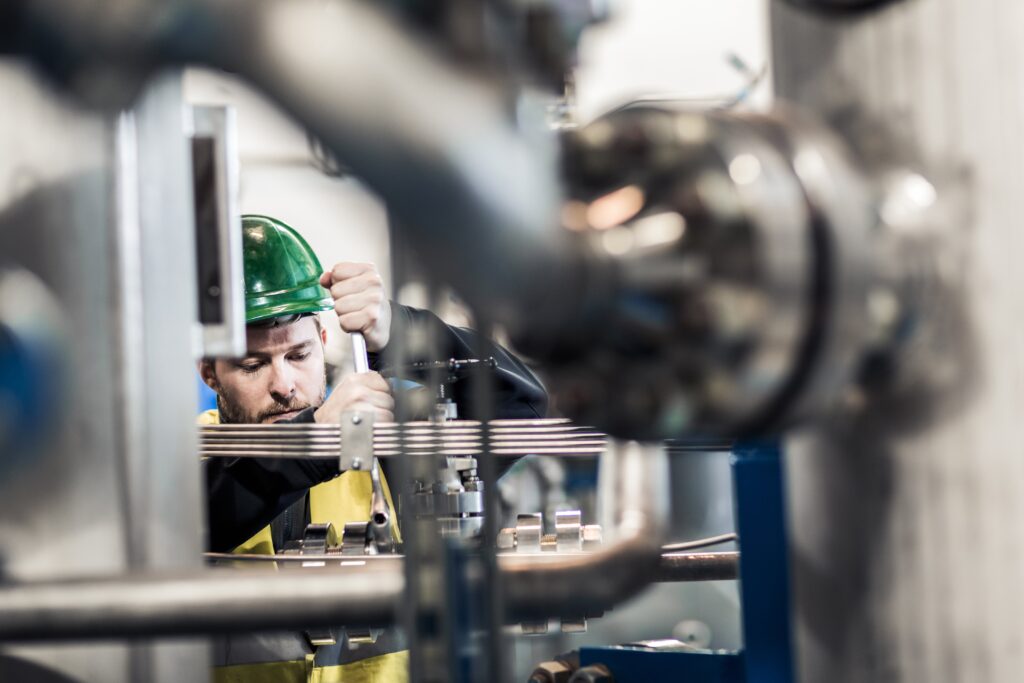Biofuels and other alternative sources of energy are attracting interest and investments to solve the problems of increased energy demands, depleted reserves of non-renewable fossil fuels, and related environmental concerns. As a clean, renewable answer to the energy dilemma, biofuel production offers a sustainable solution to reduce dependence on fossil fuels—while reducing emissions. However, despite…
Comparing the Advantages and Disadvantages of Biofuels
